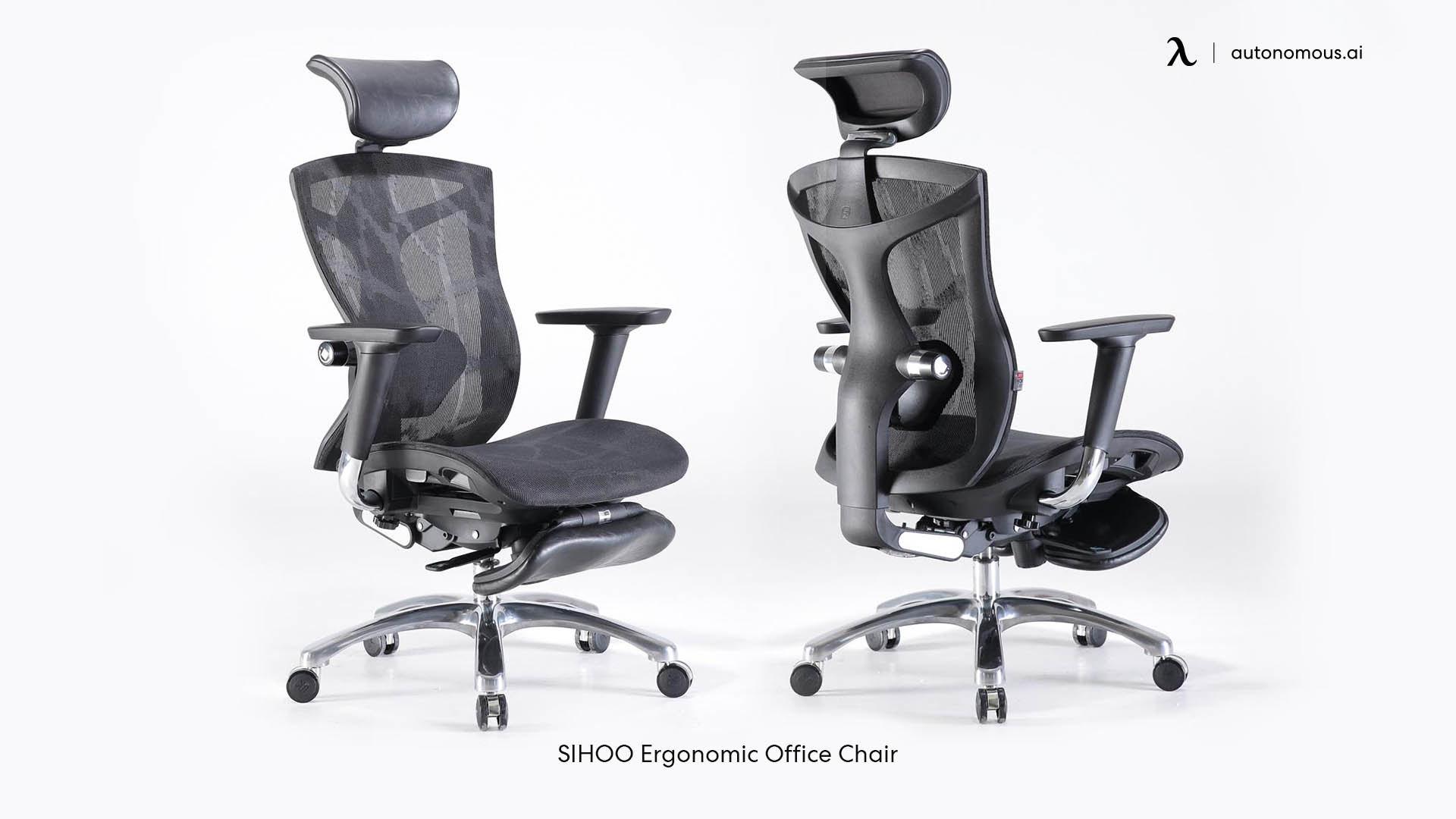User Experiences and Reviews of Autonomous Ergonomic Chairs: Autonomous Ergonomic Chair Review

Stepping into the world of autonomous ergonomic chairs is like stepping into a futuristic office where comfort and posture are prioritized above all else. These chairs, with their self-adjusting mechanisms, promise a personalized seating experience unlike any other. But how do these promises translate into real-world user experiences? Let’s delve into the myriad of reviews and uncover the truths behind the technology.
Posture Improvement and Comfort Enhancements
Many users report significant improvements in their posture and comfort levels after switching to an autonomous ergonomic chair. For instance, one software developer, who previously suffered from chronic back pain after long hours of coding, described experiencing a noticeable reduction in discomfort after using an autonomous chair for just a few weeks. The chair’s ability to automatically adjust to his body’s shifting weight and posture throughout the day seemed to alleviate pressure points and promote better spinal alignment. Another user, a writer, reported increased focus and productivity due to the enhanced comfort and support, allowing them to work for extended periods without experiencing fatigue or discomfort. These anecdotal examples highlight the potential for these chairs to dramatically improve the daily lives of individuals who spend significant time seated.
Common User Complaints and Issues, Autonomous ergonomic chair review
While the benefits are considerable, autonomous ergonomic chairs are not without their drawbacks. Some users report initial difficulties in understanding and utilizing the chair’s complex adjustment mechanisms. The learning curve can be steep, with some users needing time to adjust to the chair’s automatic adjustments and learn how to fine-tune them to their specific preferences. Other common complaints include occasional malfunctions in the automated systems, requiring troubleshooting or even repairs. The price point is another frequent concern, as these chairs often represent a significant investment compared to traditional office chairs. Finally, some users have expressed concerns about the long-term durability of the automated components.
User Reviews Categorized by Feature
Understanding user experiences requires a nuanced approach. The following categories illustrate the common feedback patterns observed across numerous reviews:
- Lumbar Support: Many users praise the personalized lumbar support, noting its effectiveness in reducing back pain and promoting proper spinal alignment. However, a few users found the lumbar support to be either too firm or too soft for their preferences, highlighting the importance of finding the right chair for individual needs.
- Armrest Adjustability: The autonomous armrest adjustments were generally well-received, with users appreciating the ability to customize their armrest height and position to match their desk setup and work style. However, some users reported that the armrests were not always perfectly aligned with their body, leading to some discomfort.
- Ease of Use: The ease of use varied widely depending on the specific chair model and the user’s technical aptitude. Some users found the chair’s controls intuitive and easy to navigate, while others struggled to understand the various adjustment options and settings. This points to the need for user-friendly interfaces and clear instructions.
Long-Term Effects on User Well-being
The long-term effects of using an autonomous ergonomic chair on user well-being are largely positive, particularly concerning posture and back health. Studies have shown that maintaining proper posture throughout the workday can significantly reduce the risk of developing musculoskeletal disorders, such as back pain, neck pain, and carpal tunnel syndrome. By promoting better posture and reducing discomfort, autonomous chairs contribute to improved overall physical well-being. Furthermore, the increased comfort and reduced fatigue can lead to improved mood, concentration, and productivity, positively impacting mental well-being. However, it’s crucial to remember that individual experiences may vary, and factors such as user habits and overall health also play a significant role.
